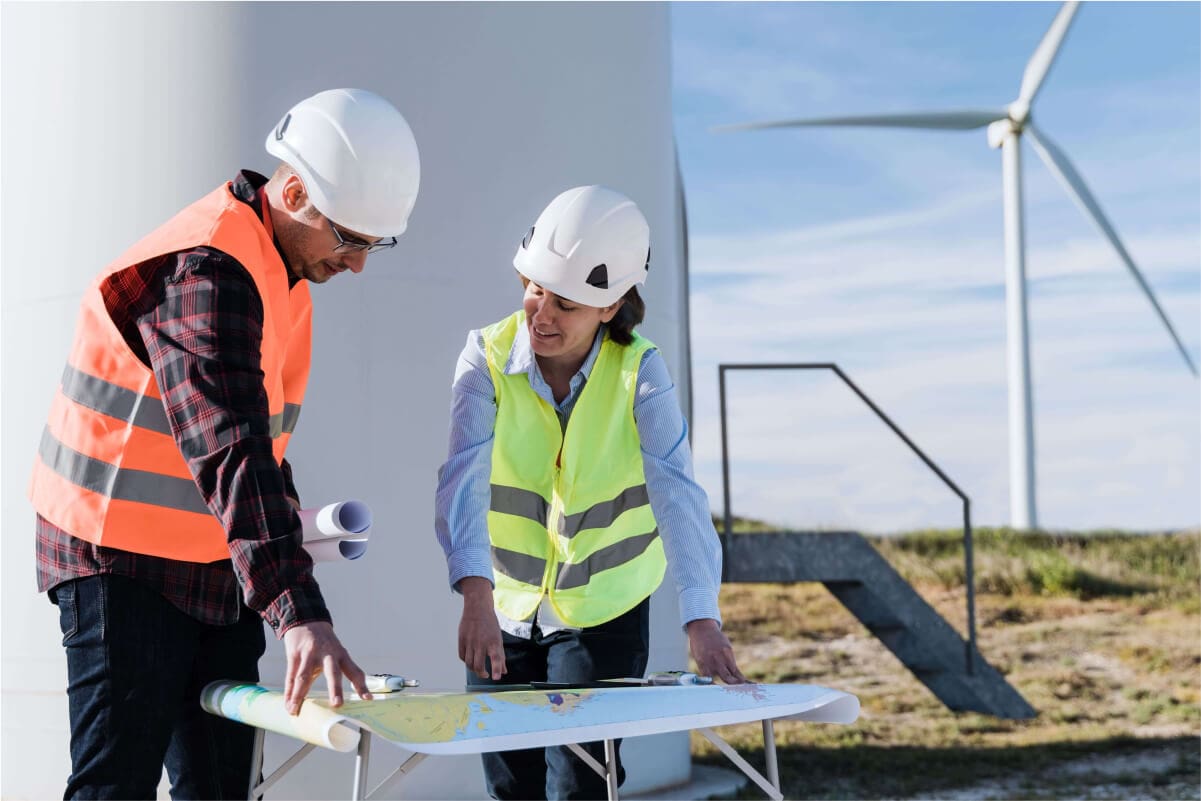Installing renewable energy, such as a solar energy generating system, can help reduce your carbon footprint by providing clean energy to your operations and generating carbon offsets. It is important, however, to consider the geographic location of the proposed generating system and how you intend to use your carbon offsets to maximise the environmental and economic performance.
The geographic location has an impact on the amount of greenhouse gasses (GHG’s) you are offsetting with a renewable energy system. This is because at different locations, the electrical grid has different amounts of greenhouse gasses associated with it. There are various technologies being used to generate and sell electricity (both renewable and non-renewable) and each emits a different amount of greenhouse gas. The amount of GHG’s a generating plant emits is called its emission factor and is described in terms of the mass of GHG’s emitted for every unit of energy produced. A standard unit of measurement is tCO2e/MWh, or metric tons (t) of carbon dioxide equivalent (CO2e) per megawatt-hour (MWh). For reference, one ton of carbon dioxide is emitted by driving an average gasoline passenger vehicle 3,000 Km, and one megawatt-hour of electricity is consumed in 1-2 months by the average Canadian household. While the emission factors of renewable generating sources such as wind, hydro and solar are low or even zero, fossil fuel-powered generation generally have emission factors between 0.4 to 1.0 tCO2e/MWh.
To describe the emission factor for an entire jurisdiction such as a province or territory, the Grid Intensity Factor is used to consolidate all the local generation into one value. Every province in Canada has its own Grid Intensity Factor which can be used for calculating offsets. This makes higher-emitting provinces such as Alberta or Saskatchewan more attractive for carbon offset purposes than lower-emitting provinces like British Columbia or Quebec.
Grid Intensity values are typically updated every year and can vary depending on the organization or governing body that is calculating them. It is important to determine the accepted Grid Intensity Factor and method for calculating carbon offsets for the specific jurisdiction of a project.
Example: Company A has some available land in Alberta and wants to build a 5MW solar energy generating plant. They estimate the annual energy production will be 6500 MWh per year. Using the value from the Alberta Carbon Offset Emission Factors Handbook they find that the Grid Intensity Factor for 2024 is 0.52 tCO2e/MWh. They expect, therefore, to offset 3,380 tons of CO2e in their first year of operation to help meet their corporate GHG targets. They will monitor the actual generation amount and the Grid Intensity Factor, which reduces to 0.46 tCO2e/MWh in 2025.
Carbon offsets can be used to adhere to government regulations or meet corporate environmental goals. Another option is to monetize these offsets through the use of Renewable Energy Certificates. Renewable Energy Certificates (or “REC’s”) are a commodity that can be generated, sold and/or traded across jurisdictions. Differing from carbon credits which put a price on the amount of CO2 avoided, REC’s monetize the amount of renewable energy generation. Specifically, one REC represents one megawatt-hour of renewable energy and includes information about the location, date and type of technology used. This information is used to validate and value the REC and ensures that it cannot be duplicated.
REC’s can be difficult to visualize as they don’t represent a physical commodity, but a virtual one that is traded across a large network. For example, the largest REC network in North America is the Western Renewable Energy Generation Information System or WREGIS which covers an area from British Columbia and Alberta in the north, down to California and New Mexico in the United States. This network enables a renewable energy system owner to generate REC’s and sell them across provincial and federal boundaries.
Just like any commodity, the price of REC’s change regularly but have been steadily increasing as carbon pricing and emission mandates grow. It is important to remember that if you decide to sell your REC’s, you cannot claim any carbon offsets from that generation for yourself.
Example: Company A from the previous example discovers that they no longer need the carbon offsets to meet their environmental targets and instead decide to sell their REC’s. They find a buyer in California who’s interested to purchase them. Company A will now generate additional revenue from their solar generating system but can no longer claim the associated carbon offsets for themselves.




